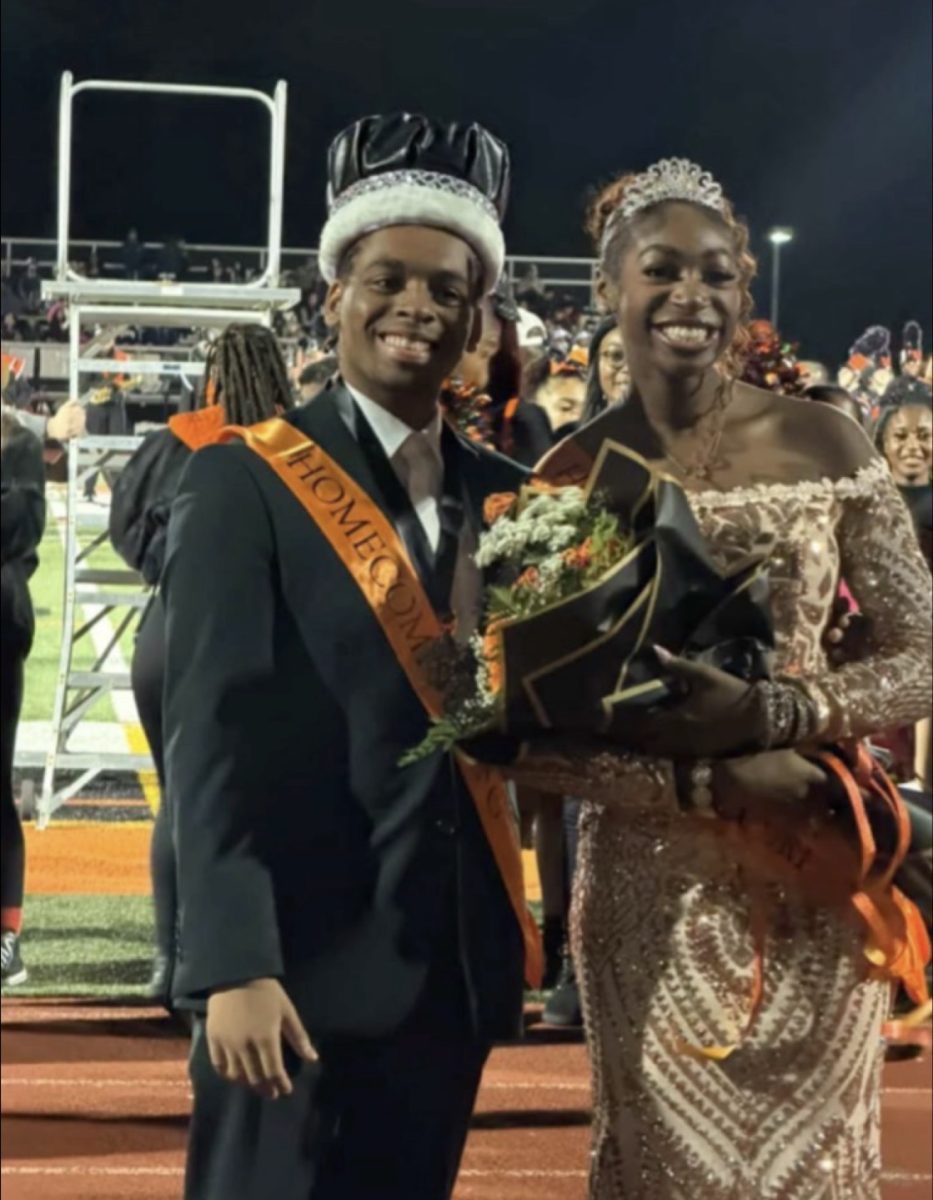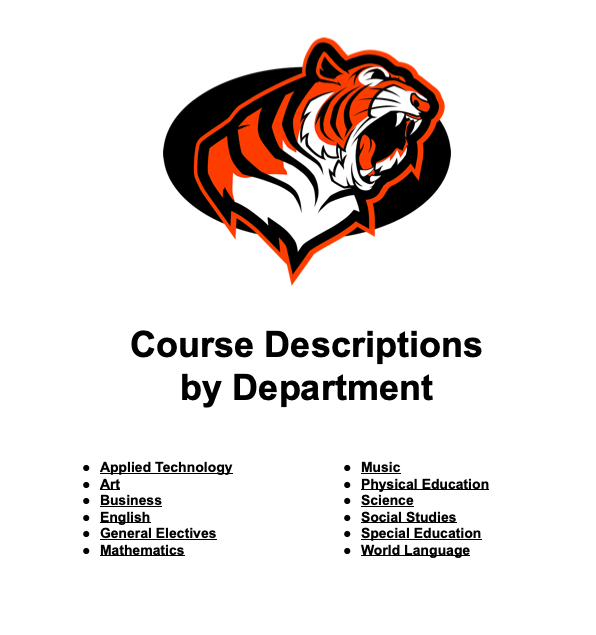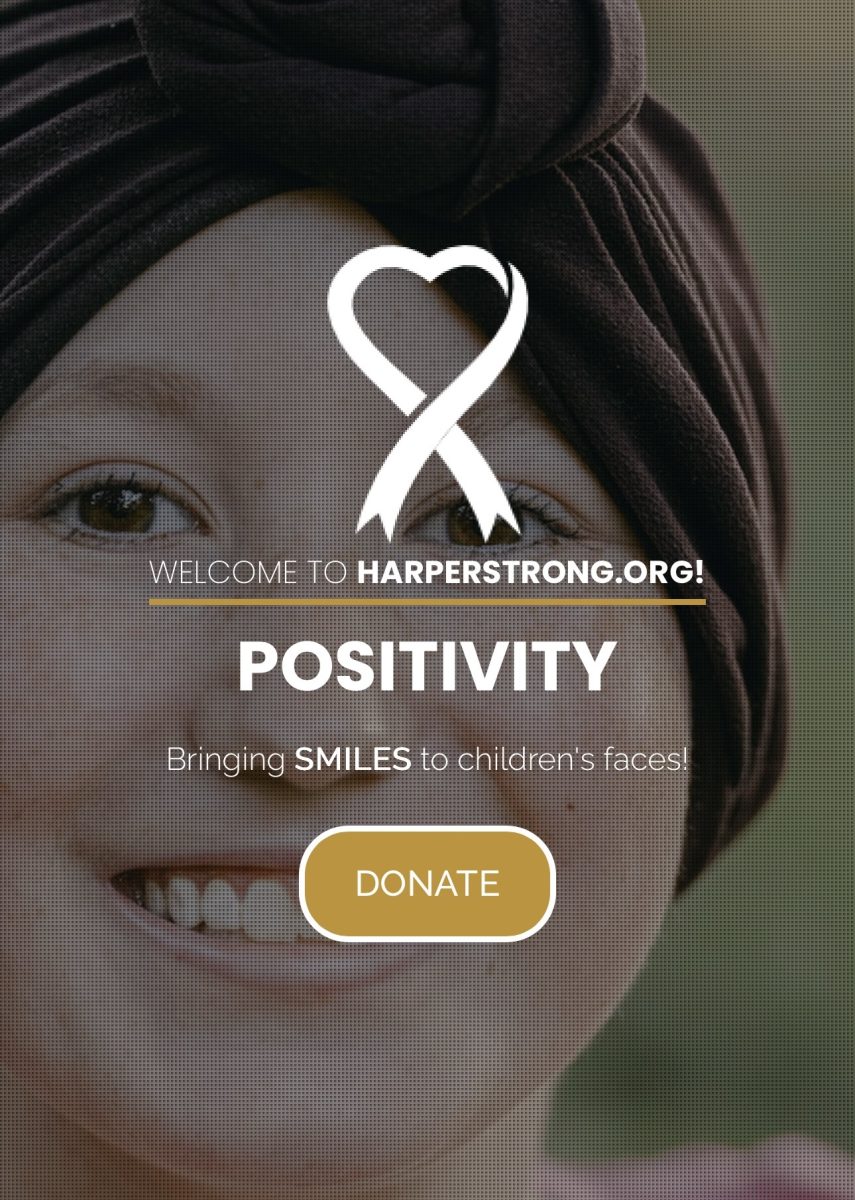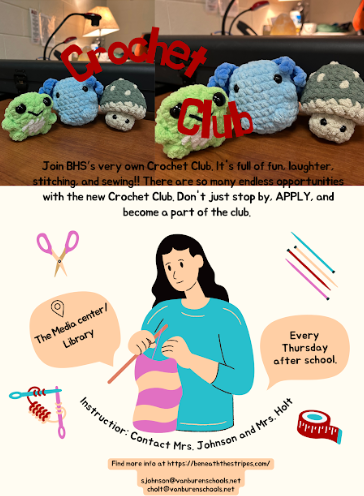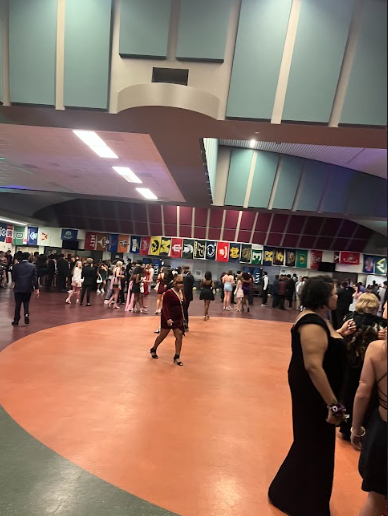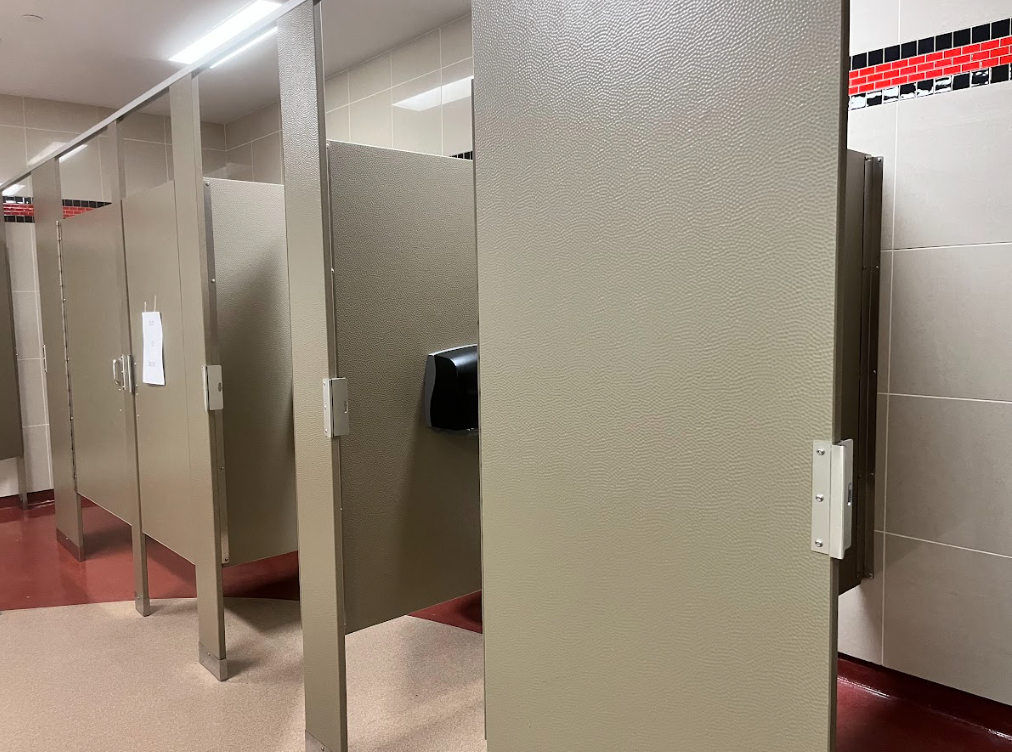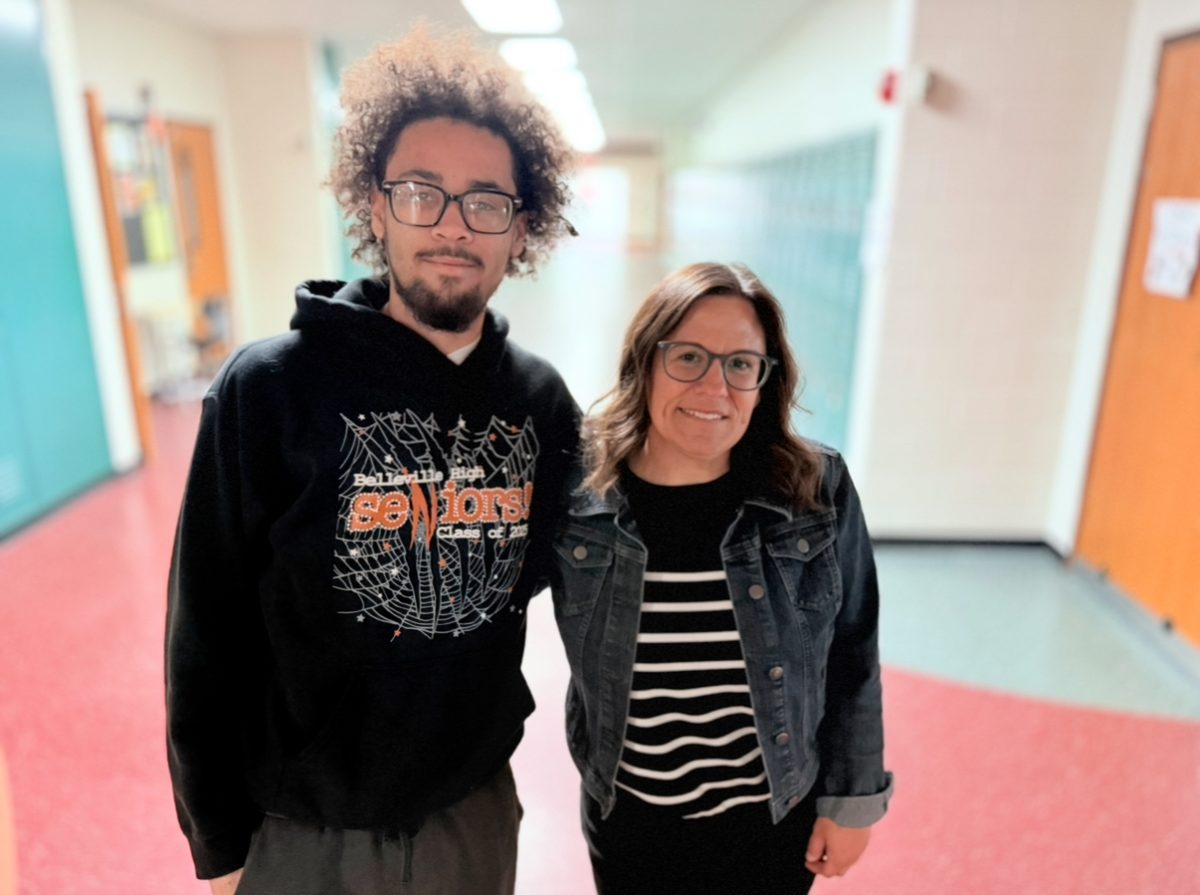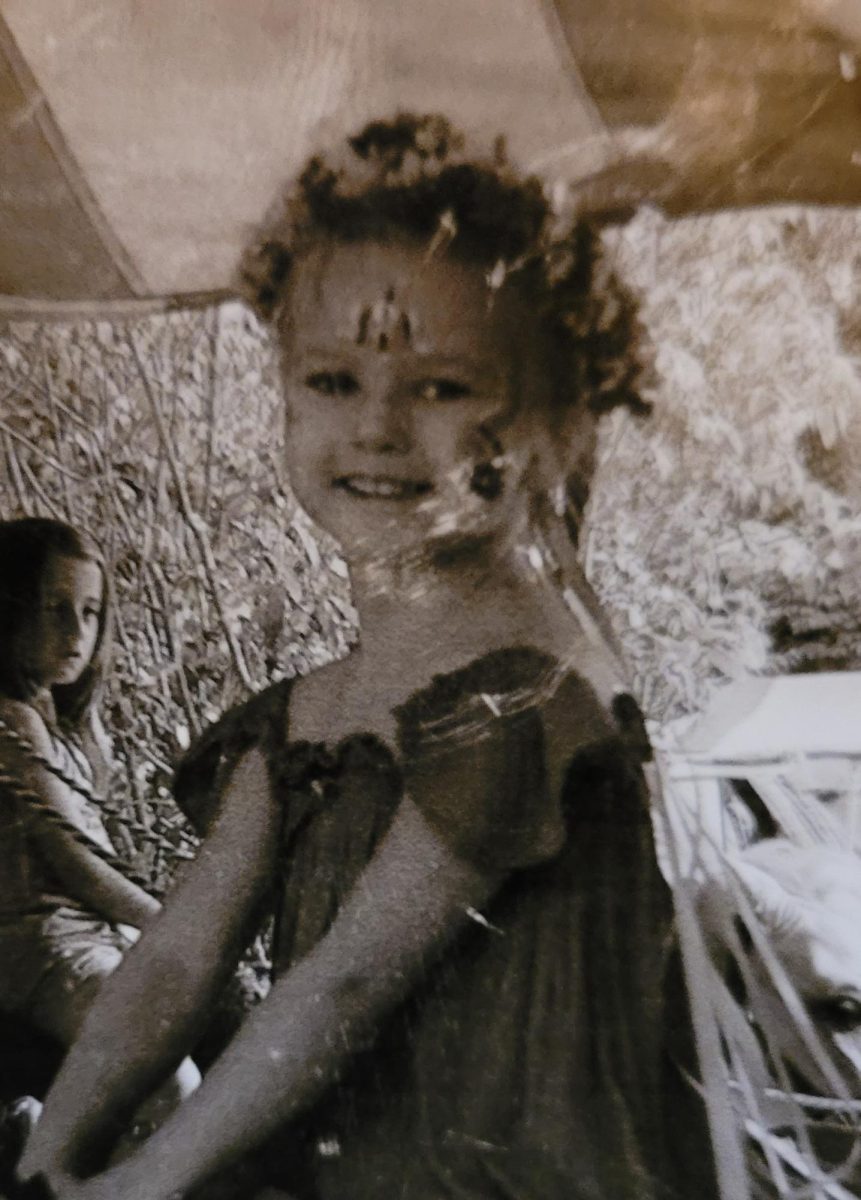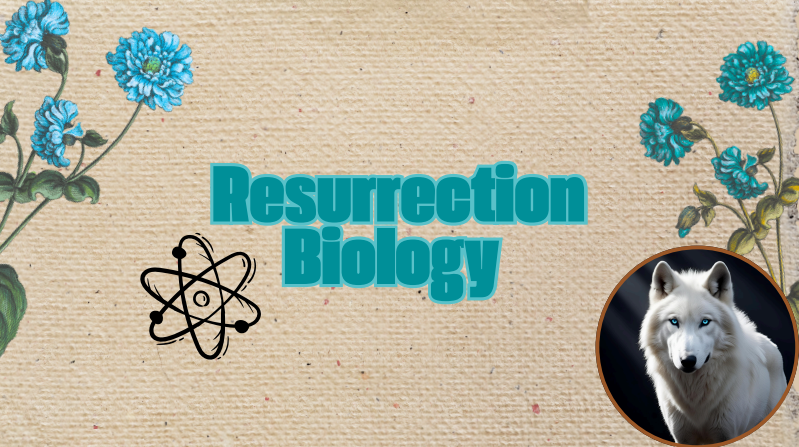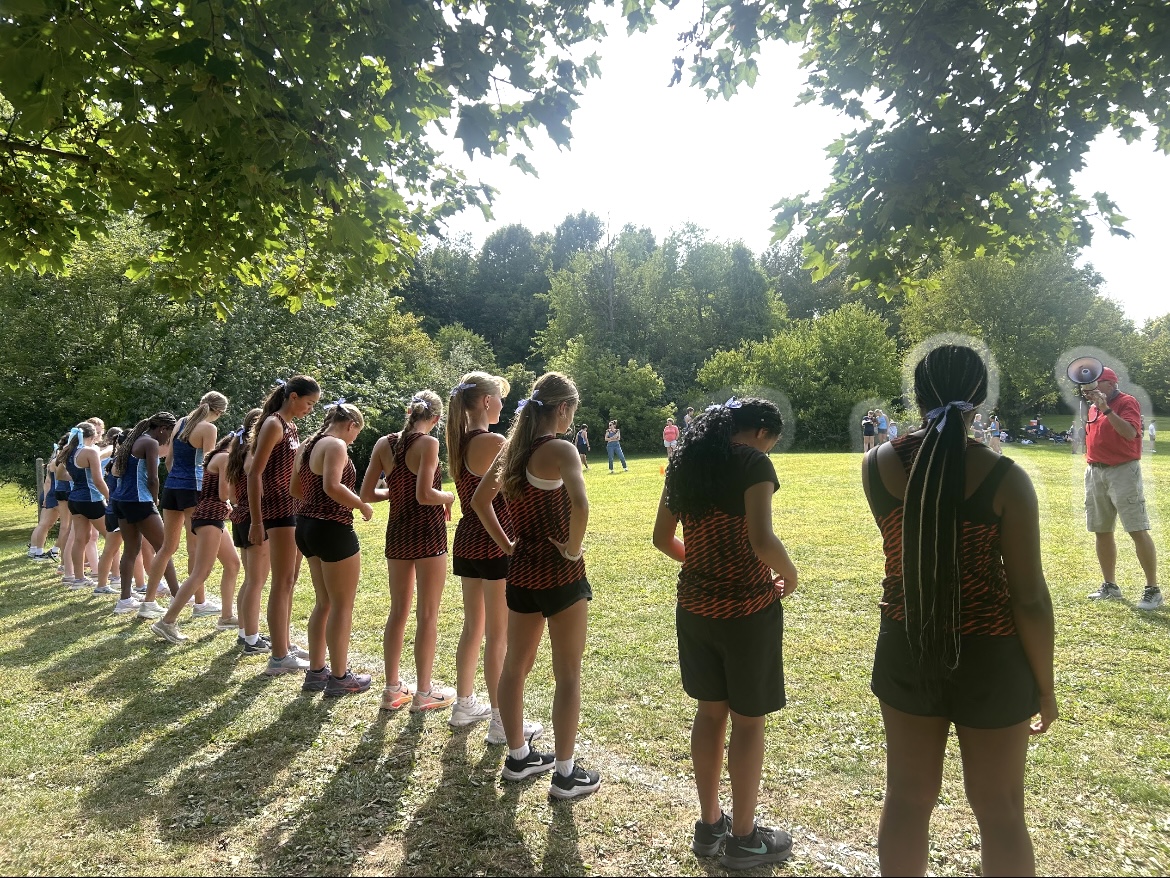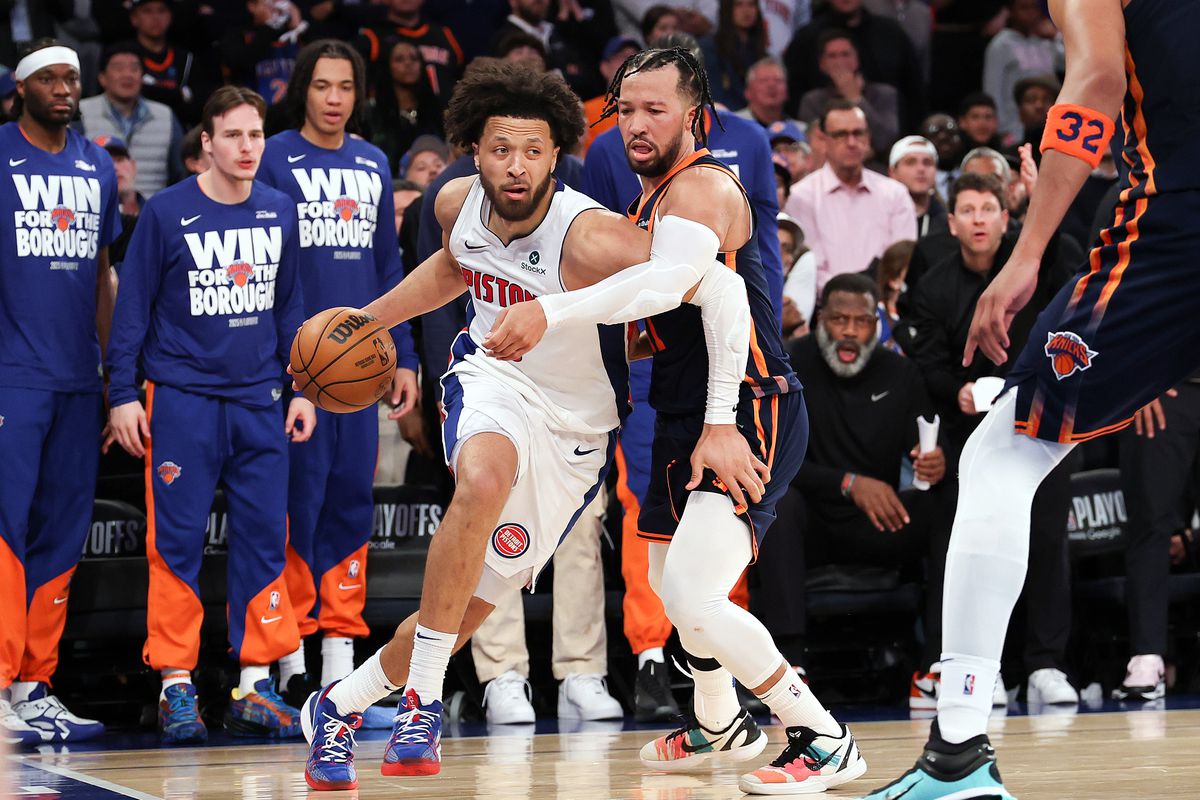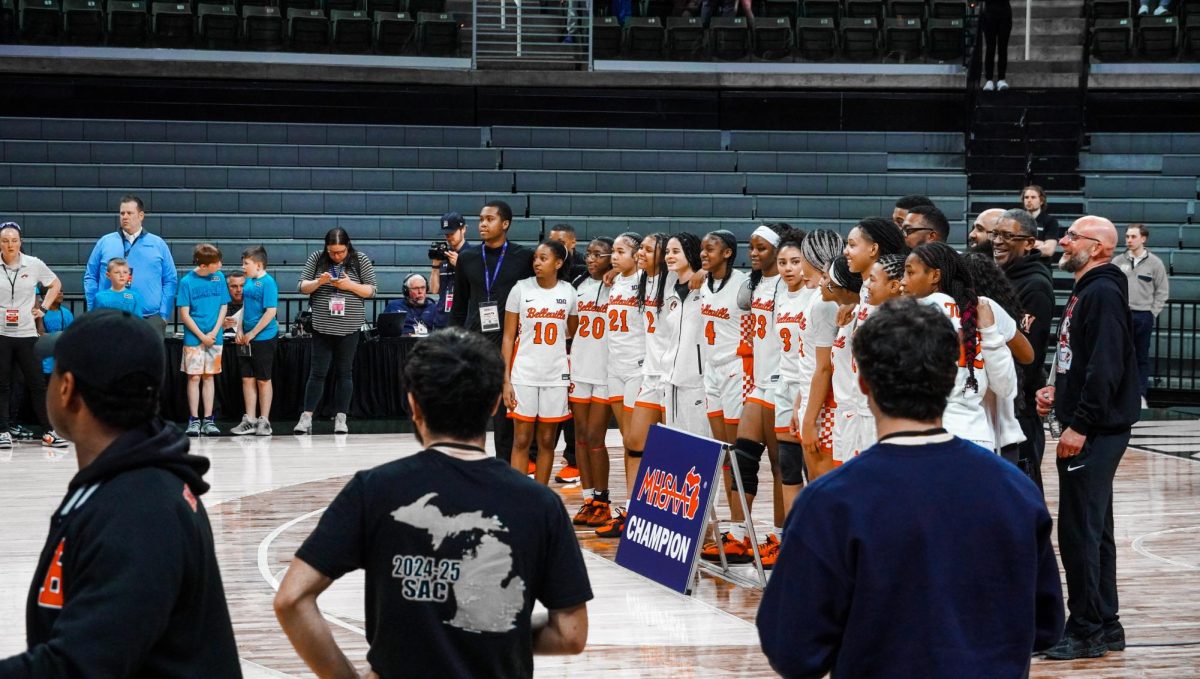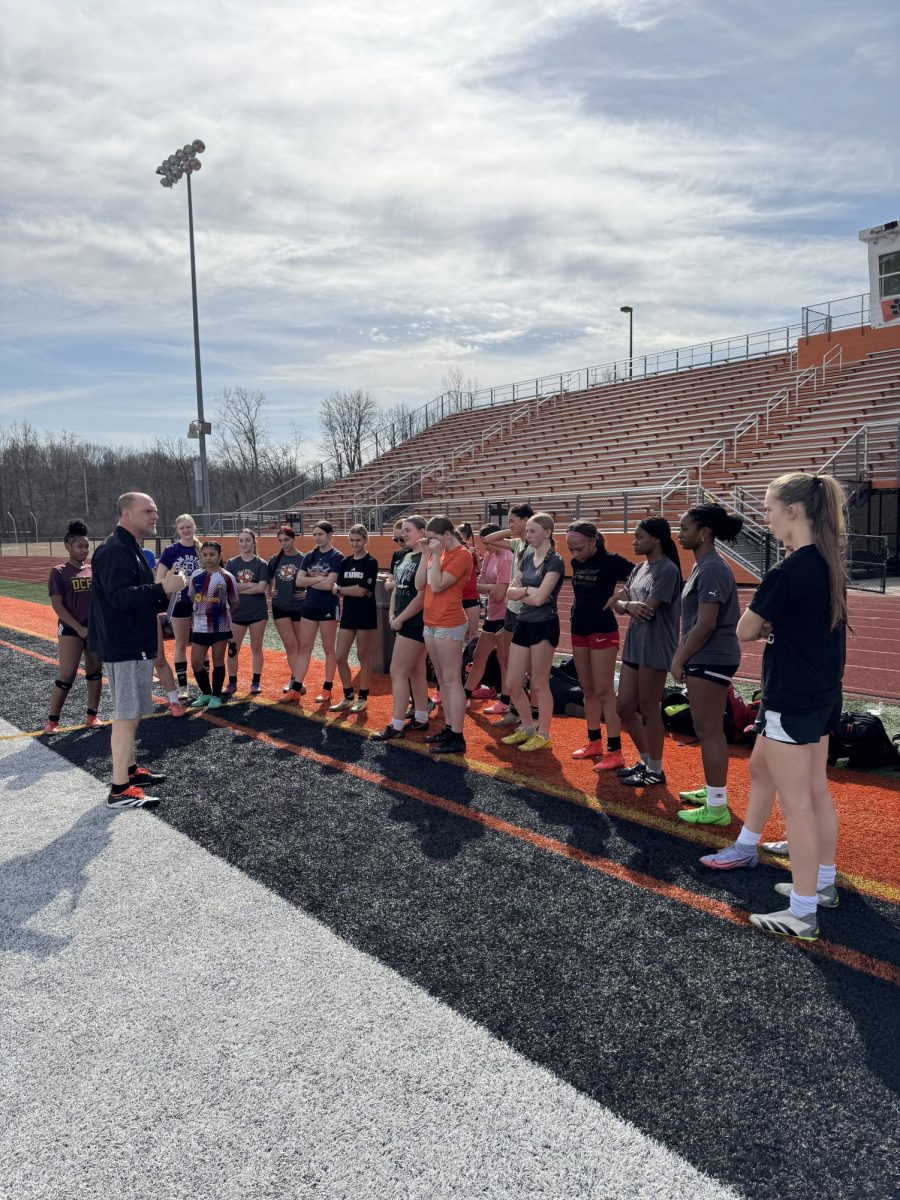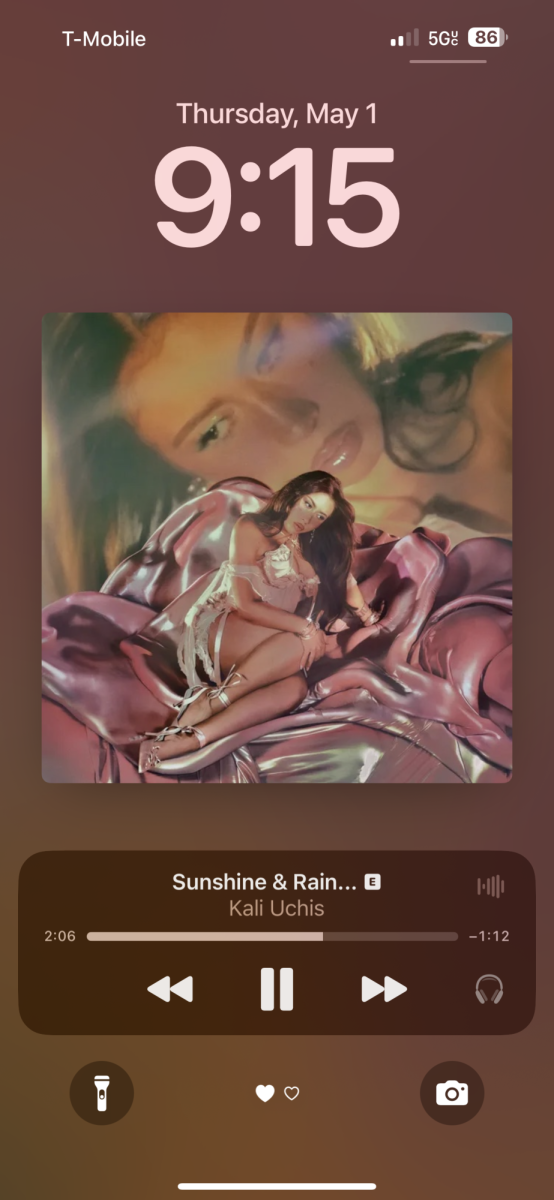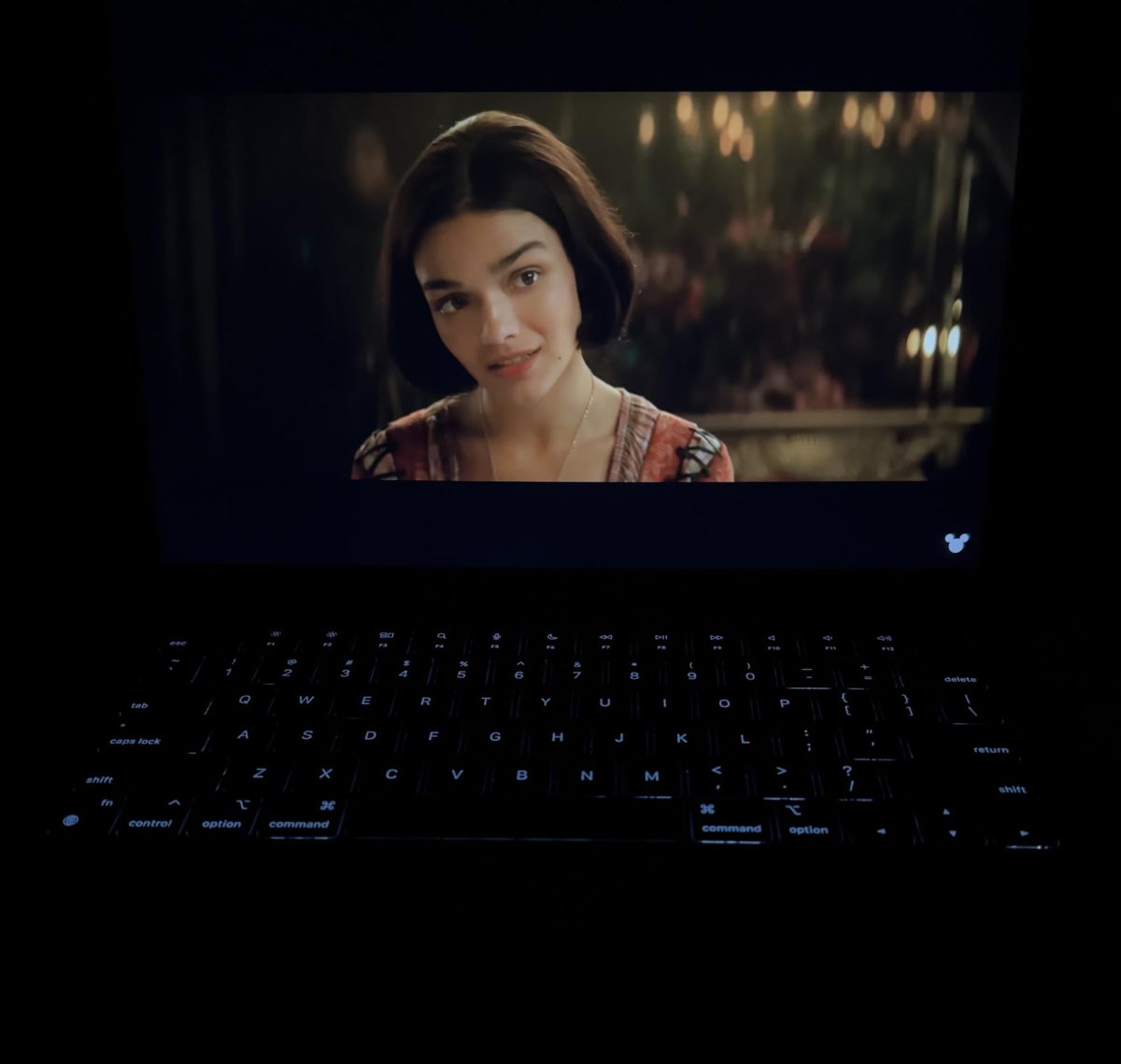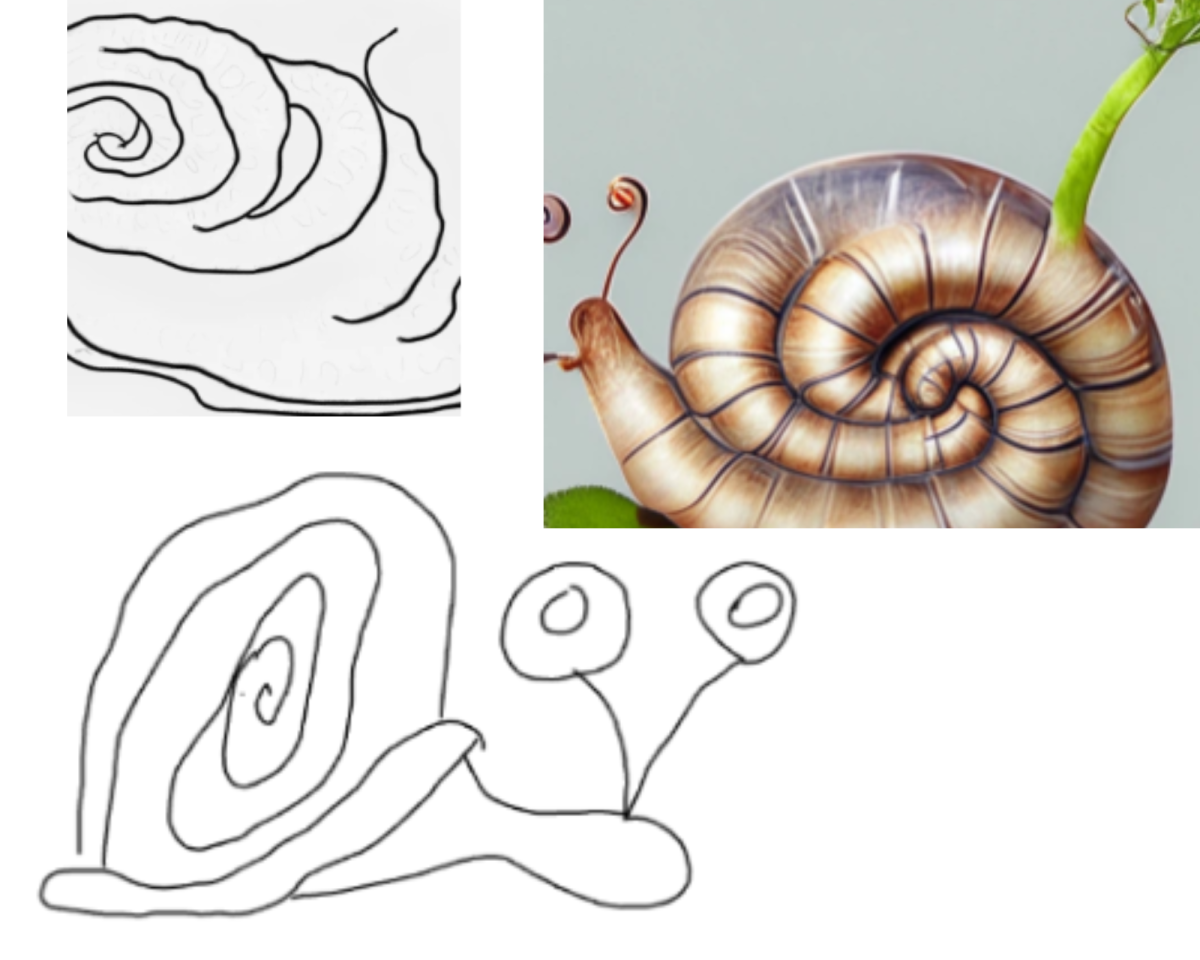In recent times, artificial intelligence (AI) has grown increasingly involved in our daily lives. Is the plethora of negative impacts AI brings to the table outweighed by the good it has the potential to do?
Popularized by mainstream trends in the 2020s, AI has began to be used for a variety of purposes from generating homework answers to analyzing huge amounts of scientific data. AI can be found anywhere. It’s used in algorithms to keep us addicted to our social media apps. Companies are trying to use it for anything and everything to push the boundaries of what they can do with this tool. Some industries are using it better than others.
Positives of AI
AI without a doubt enhances certain aspects of jobs. In this regard, one of the most worthwhile uses of AI is to sort out mass amounts of data quickly. Some data sets would take days or even years to fully sort through and get a conclusion from: AI could do it in minutes and without human error or bias. AI will be an amazing tool for data analysis. Additionally, the use of AI in the medical field will propel us forward a great deal. AI will be able to account for a person’s entire medical history and make the most fulfilling treatment plans for them. Additionally, according to Medscape, researchers have found a way for AI to predict breast cancer years before it actually develops. With this technology humanity is getting closer and closer to finding a cure for cancer. A lot of careers will benefit greatly from this tool.
AI can also be used to level the playing field for individuals who may be usually just left behind. I had the opportunity to ask Mr. Strzalkowski, the Informational Technology Coordinator for Van Buren Public Schools, about his thoughts on AI. When asked about the impacts on communication AI may bring he had the following idea, “Imagine AI enabled glasses that hear what’s going around them, and a deaf person could read subtitles on the glasses. AI summaries of text for people with reading obstacles. So many options.” AI as an accessibility tool is absolutely a game changer for a lot of people. He also talked about how AI as a tool for real time translation can help people fluidly communicate with anyone they come in contact with. With assistive AI technology humans will be able to connect unlike any way they ever have before.
Ms. Sych, an art teacher at Belleville High School, talked about how she uses AI as a tool in her art classes. When going on Google looking for reference images, sometimes you just can’t find the reference you’re looking for. The example she gave was someone looking for a reference image of a tiger from a specific angle and it not being available online. She encouraged her students to use AI to generate a reference image to use as a base for their own creation.
When used as a tool, AI is extraordinary for assisting humans in tasks that waste our time to complete or tasks that suffer greatly from human error. In this way, AI is extraordinary.
Negatives of AI
While AI absolutely enhances some jobs, it lowers the need to hire people for others, especially in the arts. Jobs like animaters, artists, voice actors, writers, etc. are actively fighting with AI for jobs. Entire movies and books are currently being produced with just AI and a bit of human input. I think of the book 1 the Road put out by Ross Goodwin which was completely written by AI or the short film The Frost thats entirely image generated as early examples of this growing problem. As that technology progresses it becomes harder and harder for companies to justify paying artists to do what they could generate in a few minutes. It’s about to be very difficult to have a career in the arts without proper protections put in place for them.
As an experiment I threw together a quick picture of a snail and threw it into the free art generator Dreamlike and told it to make more snails. Looking at the dozens of images it created I couldn’t help but wonder why anyone would learn to draw or pay someone else to create when they can get exactly what they want generated instantly with just a couple of prompts. People all over the world are seeing AI do this and are choosing to let computers do the job rather than going out and developing skills. I’ve found that I much prefer my snail. It’s human. It was created. A human desired it and worked for it, not because someone threw five words into a computer program. Generative AI lacks the humanity required for art. It just doesn’t feel the same. Yet, the pool of opportunities for artists to create and have their work protected and generating a revenue is becoming smaller and smaller.
People who post art online, whether professionally or just for fun, get their creations fed into the generative AI systems without their consent. Talking about this with Sych, she spoke about how, “Consent in art is not an old issue”. She goes on to talk about how art has been stolen from artists for a long time, accounting a story she once heard where someone realize that a painting they had painted had been reprinted and sold.
This reminded me of the story of Jonas Jödicke, the artist who started that “galaxy wolf” trend in the mid 2010s who had his art stolen by hundreds of companies who threw his art onto hoodies, t-shirts, backpacks, and other items and gave him no credit or profit. However, while stealing art is not a new issue, AI has made it far easier to do and harder to trace back to the original artist. Generative AI systems take art and teaches itself how to generate more images in that artist’s style. It takes this art from anywhere, and there are few ways for artists to protect themselves from this outside of not sharing their creations at all. When asking Mr. Strzalkowski about this he said, “It is absolutely unconscionable how people’s art was stolen, and then used to create these machines, but I’m not sure there’s much you can do now that it’s completely out of the bag.” AI is used in ways that the people impacted get no say in and that’s a massive problem.
The use of AI to generate deceitful propaganda creates distrust in anything you see online. By the millions AI is taking over social media platforms such as Twitter/X, Facebook, and Instagram with bot accounts. You can’t even be sure the person you’re speaking to on the other side of the screen is even human
anymore. Additionally, AI is used to create things called “deepfakes”. A deepfake is when AI is used to generate images, audios, and/or videos of people. A deepfake can be made of nearly anyone, pre-existing or otherwise, and can be extremely believable. This technology is mainly being used to manipulate on massive scales. Some places generate news anchors on television to spread lies about current events to push their agendas. Deepfakes of politicians create more confusion around elections than there already is and put out harmful agendas for both sides of the political spectrum. People, especially celebrities, are even getting explicit content generated of them completely without their consent or knowledge. Individuals are being grossly exploited by AI for other people’s pleasure.
Even non-generative AI has it’s faults. The way we currently train AI can implement discriminatory biases if they are not trained for diversity. For example, according to news agency Reuters, Amazon used to use an AI automated hiring system. They removed it’s ability to check things like race or gender to avoid it becoming discriminatory. However, after seeing it favor people who used more “masculine” phrasing in their applications they had to cease it’s use. According to Chapman University, AI is prone to stereotyping people with what is called “outgroup homogeneity bias”, which basically means the scenario where because a group is outside of a majority group it’s assumed everyone in the minority is more alike than they actually are, because at times datasets given to AI will give limited knowledge of minority groups for AI to train with. For example, sometimes systems that utilize facial recognition will be less accurate in identifying people of color because the data it was given to train off was mostly white people. Due to the way we train AI with human input, and many humans are greatly biased, its difficult to train it to look beyond human prejudice.
Society, especially young people, may grow to be dependent on AI. Students in universities are increasingly using AI on their homework to get through their classes. The Digital Education Council conducted a survey the concluded that 86% of students in college use AI for their coursework, and 24% admitted to using it daily. Nothing scares me more than the people who are working towards a doctorate posting online about how they used AI to do their schoolwork. People are becoming way too reliant on this technology and their ability to do things and think for themselves is going down. Critical thinking is an absolute necessity for using AI, but with people becoming more reliant on this technology it will begin to degrade.
So Is AI Good or Bad?
The best answer I could possibly give is that it’s simply both. The good that it can do like data and medical analysis will undoubtedly pave the way for huge strides in humanity’s technology and health. It’s an amazing tool with the potential to do great things for a lot of people. However, the people who use it to be lazy or manipulative will ruin it’s reputation. Sych said that “It will come back to haunt us all when not used as a tool.”
It’s up to humans to learn and maintain critical thinking skills to combat the troubles that AI can bring. Additionally, job protections for artists whose jobs are in limbo is imperative to keep the arts alive. Generally, schools should teach about AI literacy so people can learn to use it in a way that is ethical and safe. So long as society is cautious of others as they allow this technology into their lives, AI is bound to be an incredible tool for positive change.

